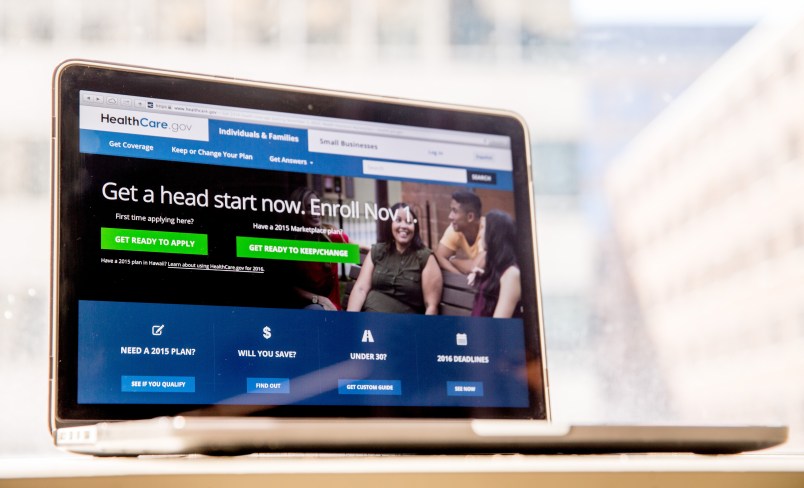Dire predictions of Obamacare’s collapse appear to be premature, as insurers have moved in to to provide coverage in almost every single “bare” county in the nation, including dozens of areas that until recently had no health insurance companies slated to sell plans on the individual market next year.
In a failed attempt to drum up support for bills to repeal the Affordable Care Act this spring, Republican members of Congress repeatedly pointed to the nearly 50 bare counties across the country that were at risk of having no individual health insurance options for 2018, saying they were a clear sign of Obamacare’s imminent demise.
But since then, that number has shrunk to just one tiny, rural county in Ohio. The Robert Wood Johnson Foundation estimates that most counties in the country will have at least two private non-group insurance options, while 25 percent will have three or more.
Just this week, Centene announced they would fill the gap in 14 counties in Nevada, the vast majority of the remaining bare counties nationwide.
Rural counties struggling to find insurers willing to sell plans is a problem that well predates the Affordable Care Act. Covering a smaller, widely dispersed population with few medical providers is much more expensive than covering denser urban areas.
If no companies step up to fill the remaining county, health care experts have suggested that residents there be allowed to enroll in Medicare regardless of their ages, but Republicans on Capitol Hill have shown no openness to that proposal.











And these are likely Republican voters.